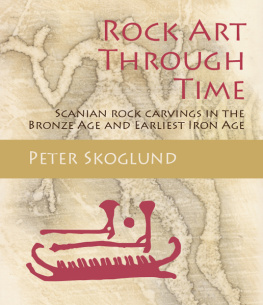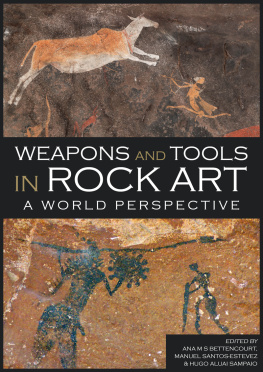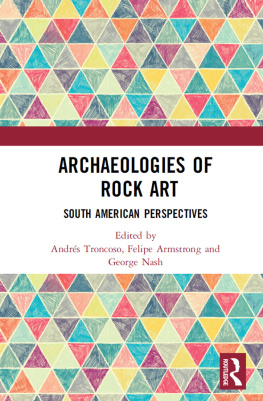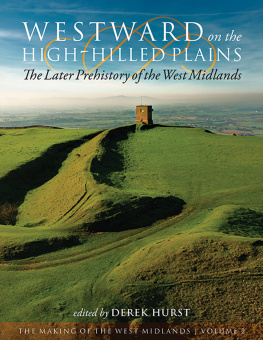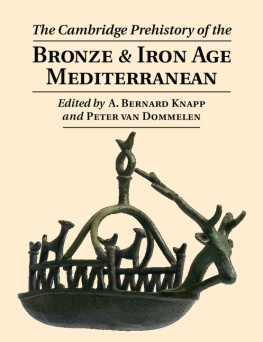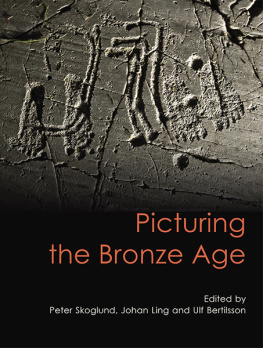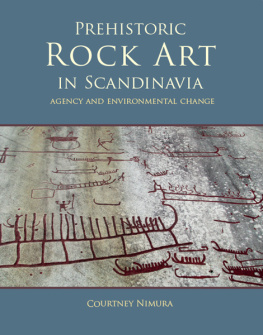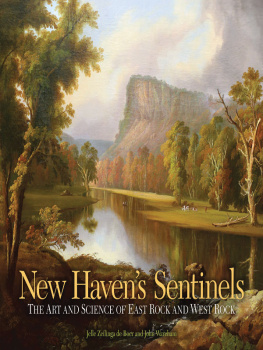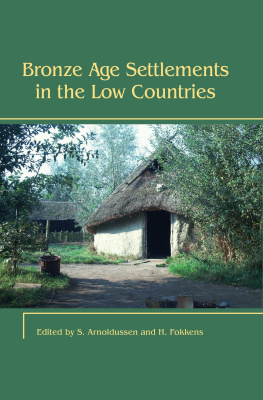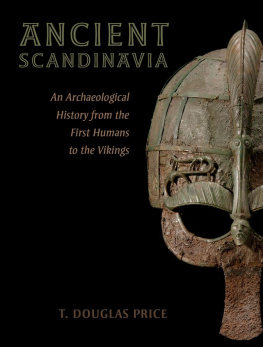
Published in the United Kingdom in 2016 by
OXBOW BOOKS
10 Hythe Bridge Street, Oxford OX1 2EW
and in the United States by
OXBOW BOOKS
1950 Lawrence Road, Havertown, PA 19083
Oxbow Books and the author 2016
Hardback Edition: ISBN 978-1-78570-164-1
Digital Edition: ISBN 978-1-78570-165-8(epub)
Digital Edition: ISBN 978-1-78570-166-5(kindle)
Digital Edition: ISBN 978-1-78570-167-2(pdf)
A CIP record for this book is available from the British Library
Library of Congress Cataloging-in-Publication Data
Names: Skoglund, Peter, 1967- author.
Title: Rock art through time : Scanian rock carvings in the Bronze Age and earliest Iron Age / Peter Skoglund.
Description: Hardback edition. | Philadelphia : Oxbow Books, 2016. | Series: Swedish rock art series; volume 5 | Includes bibliographical references.
Identifiers: LCCN 2016004316 (print) | LCCN 2016005054 (ebook) | ISBN 9781785701641 (hardback) | ISBN 9781785701658 (epub) | ISBN 9781785701665 (mobi) | ISBN 9781785701672 (pdf)
Subjects: LCSH: Petroglyphs--Sweden--Skne. | Rock painting--Sweden--Skne. | Art, Prehistoric--Sweden--Skne. | Bronze age--Sweden--Skne. | Iron age--Sweden--Skne. | Skne (Sweden)--Antiquities.
Classification: LCC DL971.S3 S64 2016 (print) | LCC DL971.S3 (ebook) | DDC 709.01/130936861--dc23
LC record available at http://lccn.loc.gov/2016004316
All rights reserved. No part of this book may be reproduced or transmitted in any form or by any means, electronic or mechanical including photocopying, recording or by any information storage and retrieval system, without permission from the publisher in writing.
Printed in Wales by Gomer Press
For a complete list of Oxbow titles, please contact:
UNITED KINGDOM | UNITED STATES OF AMERICA |
Oxbow Books | Oxbow Books |
Telephone (01865) 241249, Fax (01865) 794449 | Telephone (800) 791-9354, Fax (610) 853-9146 |
Email: | Email: |
www.oxbowbooks.com | www.casemateacademic.com/oxbow |
Oxbow Books is part of the Casemate Group
Front cover: Human image at Jrrestad 13:1 with a sword with winged chape attached to the body. Rubbing: Dietrich Evers. SHFA id: 2350.
The printing of this book is financed by the Swedish Foundation of Humanities and Social Sciences (Stiftelsen Riksbankens Jubileumsfond). Fieldwork was supported by Helge Ax:son Johnsons stiftelse, Leonard och Ida Westmans fond and Gyllenstiernska Krapperupsstiftelsen
Swedish Rock Art Series
Bronze Age rock art represents a unique Nordic contribution to world culture, and more than 17,000 localities are known in Sweden alone. They constitute one of the Worlds most complex and well-preserved prehistoric imageries. Centered in the World Heritage site of Tanum in western Sweden, the Swedish Rock Art Research Archives (Svenskt Hllristnings Forsknings Arkiv SHFA), at the University of Gothenburg was established in 2006 to further documentation and research on this unique Bronze Age heritage. All original documentation from large rubbings to photos are being digitized and along with modern digital documentations made continuously accessible for international research on the web portal www.shfa.se. Based on this material Swedish Rock Art Series will present ongoing research and new documentation in years to come.
Kristian Kristiansen | Ulf Bertilsson |
Series editor | Director SHFA |
Contents
Chapter 1
Introduction
Rock art in south-east Scania
This book deals with the rock art surrounding the city of Simrishamn in south-east Scania, Sweden (). As many other areas in south Scandinavia, this region has a great many Bronze Age mounds that are still visible in the landscape, and records from the museums demonstrate that the area is rich in bronze metalwork (Larsson 1986).
Nevertheless, it is the figurative rock art that makes this region stand out as distinct in relation to surrounding areas that lack figurative images. The rock art in this region constitutes a spatially well-defined tradition that chronologically covers the Bronze Age and the earliest Iron Age, c. 1700200 BC (Althin 1945; Skoglund 2013a). Even though the number of sites is limited, they have certain characteristics that are stimulating starting points in any attempt to interpret south Scandinavian rock art.
One feature distinguishing this region from many other regions is the larger representation of various kinds of metal axes, offering an opportunity to compare images and objects from different perspectives.
Another characteristic is the geographical position of this area, inside the core zone of metal consumption in southernmost Scandinavia. In this respect the Simrishamn area is rather unique as the majority of rock art regions in Scandinavia are located further north in zones where there was less metal in circulation. Therefore, we may presume a closer relationship between iconography displayed on metals and iconography displayed on rock art in the Simrishamn area than what is generally found when dealing with Scandinavia as a whole.

Figure 1.1. Map of Scandinavia with the studied area indicated by a black dot. Image: Tony Axelsson.
The Simrishamn region encompasses a limited number of rock art panels compared to most other south Scandinavian rock art regions. Instead of being a restraint, this could be seen as an advantage; motifs executed early in the tradition of rock art are only to a limited degree blurred by later additions.
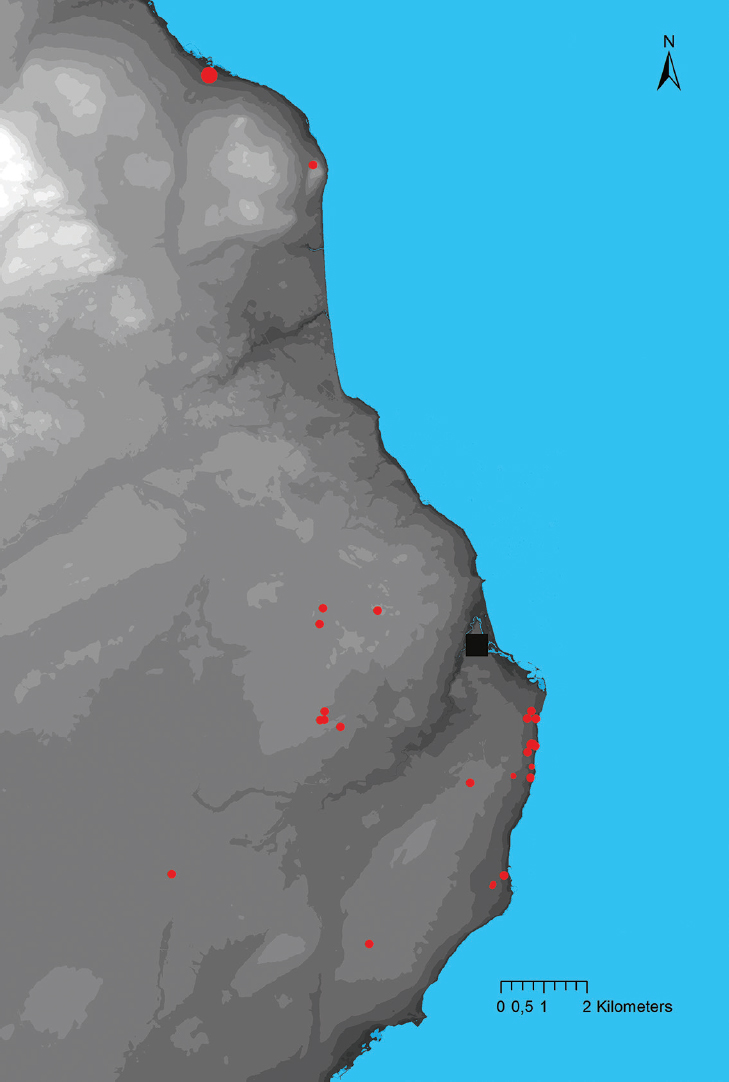
Figure 1.2. Map of the study area with rock art panels indicated by red dots and the city of Simrishamn indicated by a black square. Image: Peter Skoglund.
Finally, the Simrishamn region is situated in Scania, a region which is quite well understood from an archaeological perspective, as many large-scale rescue excavations have been carried out in connection with the expansion of towns and the construction of new railways and motorways. Thus, there is good potential for relating rock art to a wider archaeological framework.
It should be noted, however, that there are problems involved in the interpretation of the rock art in this area. A fundamental concern is the spatial distribution of rock art, which is biased because of modern activities: especially the frequent occurrence of stone quarries close to rock art sites has caused severe damage. The majority of the rock art in south-east Scania is carved on Cambrian sandstone, which seems to have been in high demand among the local people in older times.
At the two major rock art sites, Simrishamn 18:1 and 23:1, for example, it is evident that these recent activities have destroyed rock art. Another factor to consider is the location of modern communities like the village of Brantevik, which to a large extent is situated on rocky ground. Rock art sites are known just outside the village (stra Nbbelv 85:1, 127 and 129) and if there once existed sites closer to the sea in the present-day village these are gone today.
Despite these shortcomings, the Simrishamn area is a good starting point for a study of south Scandinavian rock art, and though this book deals with a restricted region, the aim is to raise some questions of principle concerning the current understanding of the south Scandinavian rock art tradition.
Next page
